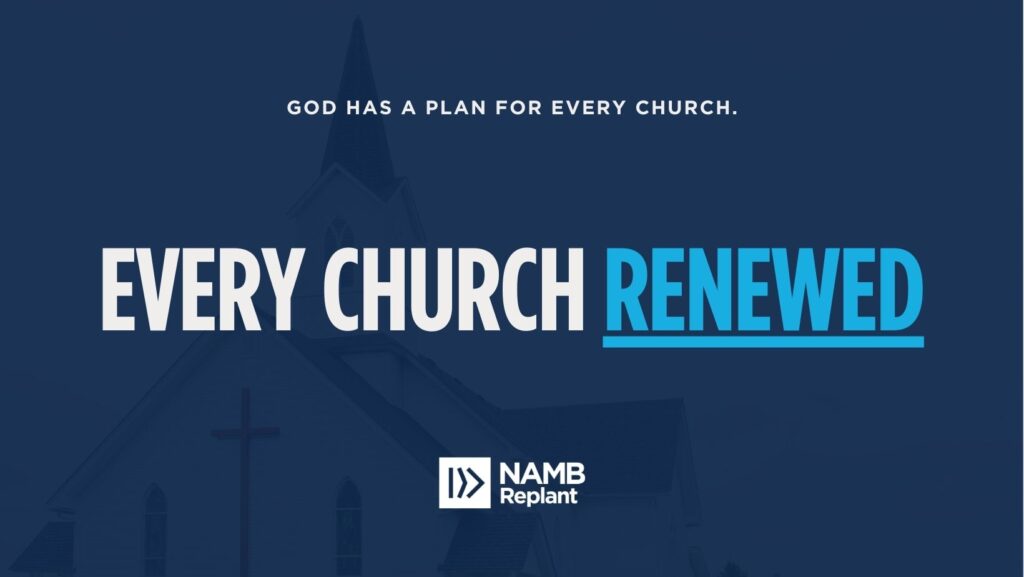Editor’s note: This post originally appeared at Mark Clifton’s blog, www.reclaimingglory.com.
My values of church health and church growth were shaped at the apex of the Church Growth Movement. I became an informed proponent of the homogeneous reality of church planting and church growth.
I remain convinced that when our Lord instructed us to make disciples of all ta ethne, He was instructing us to penetrate every people group with the gospel.
People are, in the main, not wired up to be alone. People group together with others like them or with people who share common interests. That is a fact. It also is a fact that planting the gospel in those identifiable groups of people is a productive evangelism strategy.
The Scripture has many examples of people-group evangelism. Consider that, after his healing, the Gadarene demoniac desired to go with Jesus in the boat. Jesus instructed him to leave the boat and return to his ta ethne — his people group — with the good news of redemption.
Recently I have begun to separate an evangelism strategy of penetrating people groups with the gospel and planting churches. I have come to understand that a purely homogeneous church is not at all a picture of the kingdom. A purely homogeneous church reflects our human nature to hang with those who are like us and to shun those who are different. Hardly a value to be found in the kingdom of God.
Much to my joy, I am discovering a core value among young pastors/planters to strategically plant multi-cultural churches. The planting of multi-cultural churches is a great witness to the community. When a nonbeliever encounters a gospel community that is diverse in ethnicity, they realize there is something different about this group. This is not the normal way people group together. These people are motivated by different values. This is a glimpse of heaven.
Chief among the many things we can identify about the first-century church recorded in the New Testament is the fact that they were a multi-generational church. Paul instructs Timothy concerning his youth and his leadership. He guides young Timothy in the process of correcting the older men. Instructions are given to young women and older women, to young men and older men. Yet in most churches today, especially in most church plants, there are very few older people. In most dying churches, there are very few younger people. If the church really is a family, it should contain many generations.
A church made of many generations is uncommon and difficult because Satan fully knows the powerful testimony a multi-generational church will have upon a self-centered world. Satan uses all the weakness of our flesh to work against us as we seek to embrace generations unlike ours. In our human and sinful nature, we grow weary with people who see the world, understand technology, make decisions, and process information differently than we do.
It takes work to love and understand each other. It requires people of all generations to subordinate their desires for the glory of God and the advancement of His kingdom. It means we have to think less of ourselves and much more of God and the gospel. It means we have to live the gospel and not just sing, talk, and read about it. It means that when we battle our flesh and embrace the joy of self-sacrifice for the kingdom, we discover a joy far deeper than the joy of having things our own way. But it requires an ongoing battle of our human nature.
Even in a church with a variety of generations, there is a pull toward separating the generations, even within the gathered church. Various generations need to worship and serve together. Growing up in a very program-based church, the only time my family spent together Sunday morning was the time in the car arriving and leaving the gathered church. As soon as we hit the door, we all were funneled into our own environments of age-graded Bible study and worship.
Often churches with multiple worship services will design one for the older members and another for the younger ones. This generational segregation tends to reinforce our desire to consider our particular age group as the one that matters most. While there is a place for age-appropriate learning within the church, there also is much to be learned as young children observe older children and adults worshiping and serving.
It is good for adults to rejoice when small children and infants are with their parents in worship and other activities of the church. The noise of children in worship is cause for rejoicing! When we make accommodations for the needs of generations other than our own, it serves to remind us that we are not the focus of attention. God alone is the desire of our heart, and we can more fully embrace and enjoy Him when we think less of our selves. The disciples tried generational segregation and Jesus would have none of it: “Let the little children come to me.”
The struggle to embrace a different generation cuts both ways.
Older people must find their joy in passing off leadership to the next generation. They must learn to find their joy in witnessing the next generation incarnating the gospel into their context. They must let go of the idol of the past, their need to control and, most importantly, their need to be made much of for all the work they have put in over the years. They need to rejoice in all the work Jesus has done for them over the years.
And younger people need to identify the real and meaningful struggle older people endure. The constant sense of loss. The loss of a career, the loss of loved ones, the loss of mobility, the loss of understanding how things work (like smartphones). The loss of control of their lives, knowing that they face an ever declining future of less independence and more reliance on others. Young people need to show an overwhelming amount of compassion to older people and walk with them through this difficult stage in life.
As we focus more and more on the beauty, perfection, and complete satisfaction that is our bridegroom, we will embrace the reality that all of us who are in this church are His bride. The very young to the very old — all are His bride.,
Published August 7, 2019



